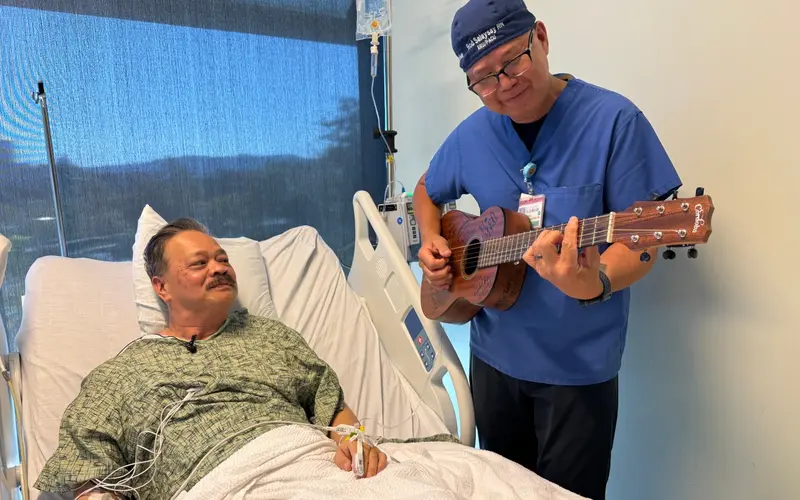Music as a Tool for Pain Management
Tuesday, 2025/10/21279 words4 minutes2898 reads
Recent scientific investigations have illuminated the potential of music as a non-pharmacological intervention for pain management. This phenomenon, technically termed music-induced analgesia, has garnered increasing attention in the medical community. At UC San Diego Health, nurse Rod Salaysay exemplifies this approach, incorporating live musical performances into his patient care routine, observing tangible benefits such as improved vital signs and reduced analgesic requirements.
The efficacy of music in pain management appears to be multifaceted. Dr. Adam Hanley, a psychologist at Florida State University, elucidates that pain is a complex neuropsychological experience, encompassing both physical sensations and cognitive-emotional responses. Music seems to modulate this experience through various mechanisms, including distraction and neurological activation.
Intriguingly, research indicates that the analgesic effect of music extends beyond mere distraction. Studies published in journals such as Pain and Scientific Reports suggest that listening to preferred music can either diminish pain perception or enhance pain tolerance more effectively than other auditory stimuli like podcasts.
The personalization of musical choices emerges as a critical factor. Dr. Emy van der Valk Bouman's research at Erasmus University Rotterdam demonstrates that familiarity and preference in music genre correlate with increased pain endurance. This finding underscores the importance of patient autonomy in music selection, a principle echoed by Claire Howlin from Trinity College Dublin, who posits that the act of choosing itself may contribute to the analgesic effect.
Furthermore, the mode of listening appears significant. Active, focused engagement with music, as opposed to passive background listening, may amplify its pain-mitigating properties. This aligns with the broader understanding of music's capacity to activate diverse neural pathways, potentially offering a holistic approach to pain management without the side effects associated with pharmacological interventions.
